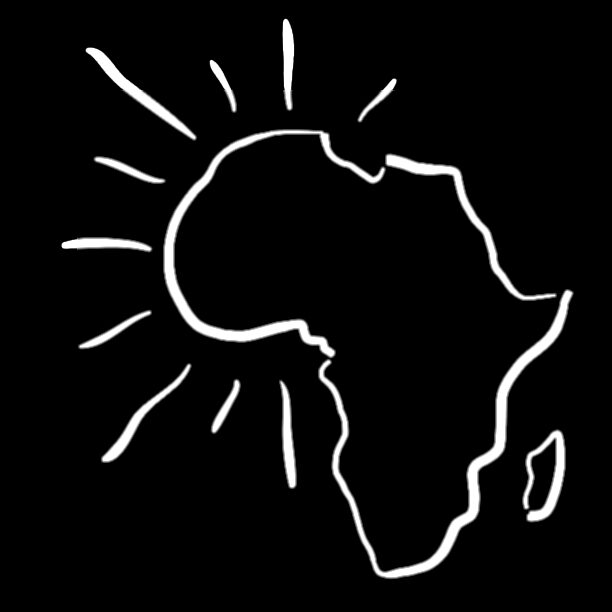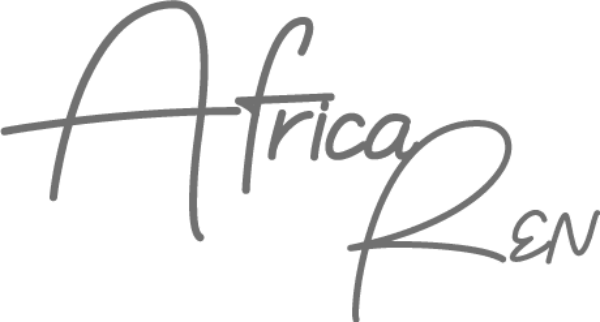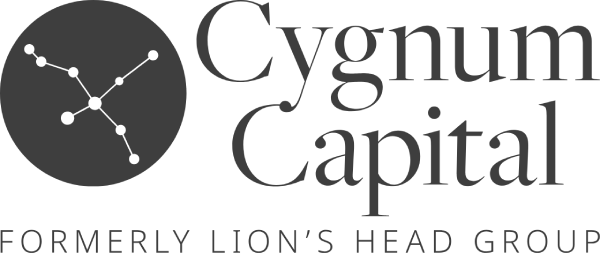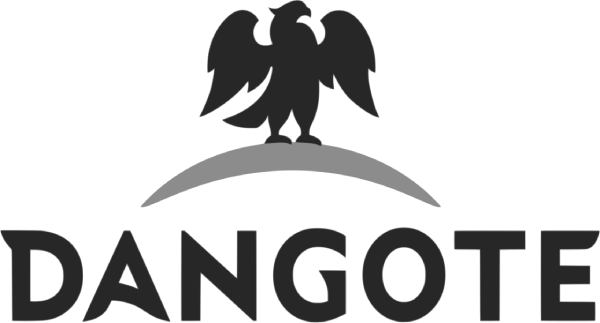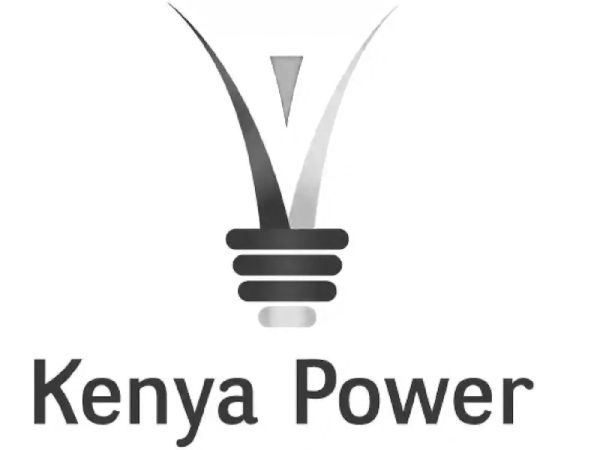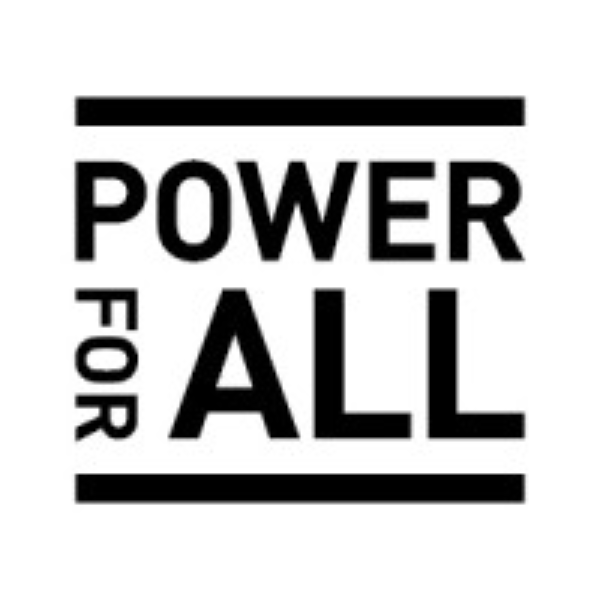From all indications China is set to overtake the U.S. to become the world’s biggest economy this century.
A key driver of this huge economic growth is the Belt and Road Initiative (BRI), which experts have described as the new Silk Road.
Put simply, the BRI, which China launched in 2013, is a long-term plan to use massive infrastructural investments worldwide to create influence and build relationships.
It could help blunt perceived threats from China’s geo-political and economic reemergence on the world stage.
Nonetheless, the BRI’s overarching goal is to create export markets for Chinese goods and services.
This article discusses what motivated China’s foray into Africa’s solar energy industry and the various modes of investment this involvement takes.
WHY CHINA WOOS AFRICA
Historically, China’s infrastructural involvement in Africa was mostly limited to resource rich countries who essentially traded their mineral resources for infrastructure development.
This explains China’s long standing involvement in countries like Angola, Zambia, and Democratic Republic of Congo (DRC).
Now, however, with its reemergence on the global stage, China is keen to not only secure mineral resources but also expand its sphere of influence around the world.
Africa is not only the second most populous continent but also the most endowed with mineral resources.
Therefore, China views African involvement as crucial to the success of the BRI.
As of January 2021, 46 of Africa’s 55 countries had keyed into the BRI by signing memoranda of understanding (MOUs) with China to finance and build large infrastructure like highways, seaports, airports, and railways.
CHINA AFRICA SOLAR INVESTMENT
China is the global powerhouse of the solar energy industry in many ways.
Not only does China have more installed solar power generation capacity than any other country in the world, it is also the world’s biggest manufacturer of solar cells/panels.
Furthermore, China is the largest investor in sub-Saharan Africa’s power sector (Lema et al., 2021).
Traditionally, the bulk of this investment has been in large hydropower and coal fired power generation.
However, in the past few years, China has leveraged its expertise in solar to target solar power generation. The following factors may have driven this change:
- Like the rest of the world, Africa is becoming increasingly resistant to coal power generation because of global warming. Since 2010, due to commitments to international climate change pacts and local opposition, Chinese-backed mega coal power projects have been shelved or halted in Ghana, Kenya, and Egypt
- The costs of solar and wind power generation have become very competitive with coal power costs, even in African countries with plenty of coal, like Botswana and South Africa – since mid-2015, solar PV has become competitive with the country’s new coal-fired power plants (Baker and Chen, 2017)
- Seasonal droughts have become more severe and thus more threatening to large dams in Africa
- African governments have started to enact and/or implement policies to increase renewable energy consumption, especially solar and wind.
In December 2019, Kenya launched the first utility scale solar power plant in Africa with an entire value chain comprising Chinese entities: the 55 MW solar power plant in the town of Garissa in North eastern Kenya.
The USD138 million plant was financed by the Chinese government through a concessional loan from China Exim Bank and built by EPC contractor China Jiangxi International Corporation Ltd. (CJIC).
Chinese solar panel manufacturer JinkoSolar supplied the 200,000 panels used for the Garissa plant and BYD supplied the inverters.
Other announced or ongoing large solar power projects with Chinese involvement as major developers and/or financiers include the following:
- 40 MW Witu solar plant in Lamu, Kenya, to be financed by a Chinese concessional loan
- 250 MW hydro-solar plant being built by Sinohydro Group in Bui, Ghana
- 100 MW Gwanda Solar Project in Zimbabwe by electrical engineering firm CHINT Electric
- 500 MW Uganda solar PV project by China Energy Engineering Corp. (CEEC)
- A USD548 million deal between Zambia’s Zesco and PowerChina Resources to finance and construct three solar PV plants with total capacity of 600 MW by 2022
- South Africa’s Renewable Energy Independent Power Producer Procurement (REIPPP) solar financing program: The Industrial and Commercial Bank of China (ICBC) is the single largest shareholder in the Standard Bank Group with a 20 percent equity stake.
In 2013, Standard Bank signed a deal with ICBC to provide USD2.2 billion of debt financing to REIPPP projects.
The deal has resulted in Standard Bank emerging as the third biggest lender to REIPPP projects in the four rounds so far launched.
CHINESE SOLAR INVESTING METHODS
China typically competes with the European Union (EU) countries and the U.S. in investing in Africa’s solar energy industry.
However, there are certain differences between the Western and Chinese methods/modes of investing.
The first key difference is in mode of entry into an investment.
While Western investors embrace both direct negotiations and open bidding systems in securing renewable energy contracts, the Chinese hardly participate in competitive bidding schemes, like South Africa’s REIPPP program. “Directly negotiated contracts are the preferred mode of entry for Chinese investors in the renewable-energy sector in Africa compared to open bidding systems, such as auction schemes” (Lema et al., 2021).
Another difference is in the type of investment.
Chinese investors, especially the state-owned enterprises (SOEs), typically don’t take equity investments in solar projects because of their preference to lead projects and dominate the project’s value chain.
Therefore, for projects where they are not the lead investor, they prefer to do any of the following alternatives to taking equity:
- Supply technology
- Do engineering procurement construction (EPC)
- Provide finance.
Supply Technology
This is the most popular mode of investment by Chinese companies in African solar projects.
A combination of China’s status as the world’s biggest solar panel manufacturer and over-capacity in domestic installed PV generation capacity has forced Chinese PV companies to seek growth overseas.
In Africa, despite the increasing use of competitive bidding systems to attract solar investments, these companies have successfully penetrated the market by forming alliances with Western project developers.
“China’s solar PV companies have allied with project developers from the EU or US with whom they have developed a working relationship elsewhere in order to explore new markets such as South Africa. For example, Trina Solar has allied with Spain’s Gestamp, Jinko Solar with Spain’s Acciona, and BYD with Germany’s Juwi” (Baker and Chen, 2017).
South Africa, Africa’s biggest power market, accounts for a majority of the continent’s renewable energy foreign direct investment (FDI). The bulk of this FDI happened under the REIPPP program.
The majority of solar PV projects approved under REIPPP are developed by European or US companies while Chinese companies dominate in the supply of technological components, particularly cells and modules (Baker and Chen, 2017).
Major Chinese suppliers of technology to the REIPPP include JA Solar, JinkoSolar, Trina Solar, BYD, and Hanwha Solar One.
Engineering, Procurement, and Construction (EPC)
In the past few years, some Chinese OEMs, building on their deep experiences in Africa as solar technology suppliers, have rapidly transitioned into EPC contractors.
EPC is a growth area for Chinese firms, and as their experience in the African solar market grows, they’re likely to dominate EPC work like they’ve dominated technology supply.
Table 1. Selected Chinese EPC Contractors and Key Projects In Africa| Contractor | Project | Country |
|---|---|---|
| TBEA SunOasis Co. | In July 2016, TBEA signed a MOU for the construction of two 500MW solar PV projects | Egypt |
| China Gezhouba International Co. | In February 2020, China Gezhouba announced plans to construct 500 MW solar PV plant | Uganda |
| Chint Electric | 100 MW Gwanda Solar PV plant first awarded to Intratek Zimbabwe in 2015 | Zimbabwe |
| Power China | Deal signed in May 2020 for three solar PV plants of 600 MW | Zambia |
| Sinohydro Corp. | 20 MW Gardete solar PV plant awarded in March 2020 - country’s first utility-scale plant | Guinea Bissau |
| China Jiangxi International Corporation Ltd. (CJIC) | 55 MW Garissa solar PV plant launched in December 2019 | Kenya |
| China Sinoma International Engineering and TBEA | 70 MW Mafeteng PV plant rescued by China Exim bank finance in 2020 | Lesotho |
Development Finance Institution (DFI) Financing
The key Chinese DFIs are:
- China Export-Import Bank (Exim Bank)
- Chinese Development Bank (CDB)
- SINOSURE (China Export Credit Insurance Co.)
- Industrial and Commercial Bank of China (ICBC)
- Bank of China (BoC).
These state-owned DFIs provide debt financing and investment guarantees that have enabled Chinese technology supply and EPC firms to rapidly expand overseas.
They often stipulate the involvement of Chinese firms as a condition of their lending to any overseas project.
“In terms of flows of financial capital in renewable energy from China to Africa, the Export-Import Bank of China is by far the main investor in projects constructed by Chinese contractors” (Lema et al., 2021).
Equity Investments
Chinese firms typically avoid equity investments in renewable energy projects.
Occasionally, however, they make strategic direct or indirect equity investments to achieve a particular goal, such as to sell equipment or supply technology.
For example, JA Solar is a 30 percent shareholder in Solar Orange Capital’s 86 MW solar PV plant under construction in De Aar, Northern Cape, South Africa. The project was awarded under Round 4 of the REIPPP.
JA Solar’s investment enables it to supply solar panels and related components and services to
the project.
Furthermore, in 2014, JA Solar partnered with Chinese EPC firm Powerway to open a 150 MW capacity PV module assembly facility in Port Elizabeth.
Another technology supplier, JinkoSolar, has built a module manufacturing plant in Cape Town with an annual capacity of 120MW.
In terms of indirect equity investments, the most notable example is ICBC’s 20 percent ownership of South Africa’s Standard Bank.
The SOE’s investment has enabled the South African lender to be a top three lender to REIPPP projects.
REFERENCES
Rasmus Lema, Padmasai Lakshmi Bhamidipati, Cecilia Gregersen, Ulrich Elmer Hansen, Julian Kirchherr,
China’s Investments In Renewable Energy In Africa: Creating Co-benefits or Just Cashing-in?,
World Development, Volume 141, 2021, 105365,
ISSN 0305-750X,
https://doi.org/10.1016/j.worlddev.2020.105365.
(https://www.sciencedirect.com/science/article/pii/S0305750X20304939).
Baker, Lucy and Wei Shen. 2017,
China’s Involvement in South Africa’s Wind and Solar PV Industries,
Working Paper No. 2017/15.
China-Africa Research Initiative, School of Advanced International Studies, Johns Hopkins University, Washington, DC. Retrieved from http://www.sais-cari.org/publications.
Grimoux, Valentin,
China’s Energy Policy & Investments and Their Impact on the Sub-Saharan African Region.
Fondazione Eni Enrico Mattei (FEEM), 2018,
https://www.jstor.org/stable/resrep21761. Accessed 12 Mar. 2021.
